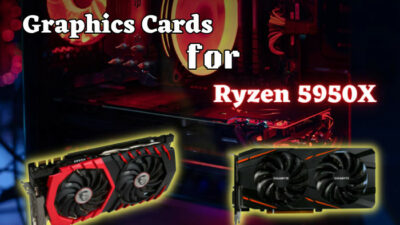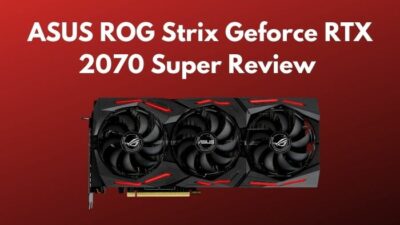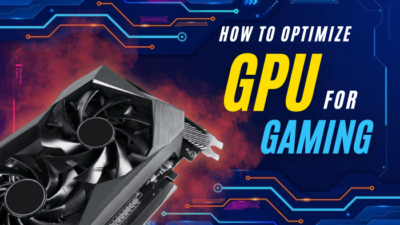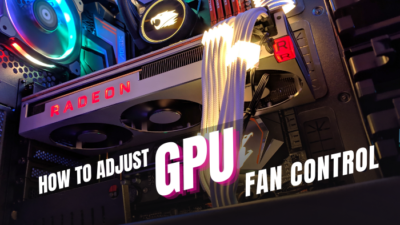Graphics processing unit is dramatically changing our visual experience by rendering high-quality visuals in real-time.
GPU manufacturers offer two different types of graphics cards, one for professionals and the other for consumers.
If you are unsure which one to pick for your workload, this article will assist you in choosing the right GPU.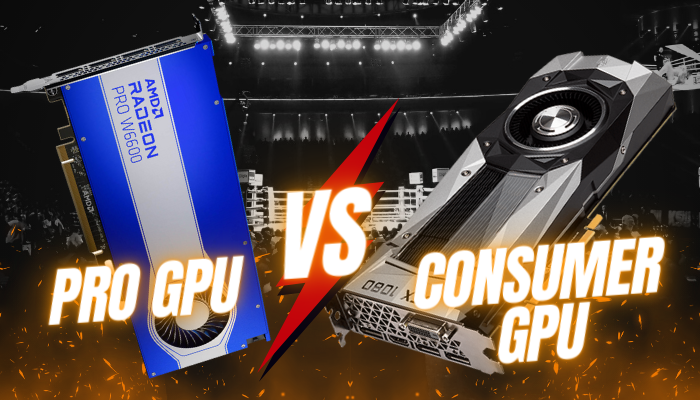
So, let’s dive in!
What’s the Difference Between Pro and Consumer GPUs?
The key differences between the pro and consumer GPUs are the comprehensive support covered by the manufacturer for the pro card. Besides, pro GPUs offer exclusive software & hardware features, ISV compatibility, stability, reliability, and longer lifespan.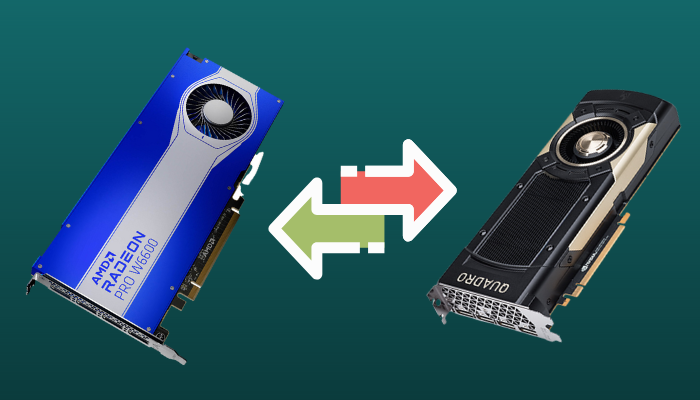 Consumer GPUs are mainly focused on basic users and gamers. This type of GPU can provide a lot of performance and higher FPS in gaming.
Consumer GPUs are mainly focused on basic users and gamers. This type of GPU can provide a lot of performance and higher FPS in gaming.
Contrarily, professional GPUs focus on the enterprise level and provide a comparatively stable performance without a single-bit error, which is very essential to prevent any losses from instability. These types of errors can mess up the entire project, which is costly and harmful to the organization.
Consider the following discussions to understand how the pro cards differ from the consumer cards.
Here are the areas where Pro GPUs differ from Consumer GPUs:
1. Exclusive Software Features
Professional GPUs can run some exclusive software features like SolidWorks’ Feature RealView which is used to render realistic lighting and reflections.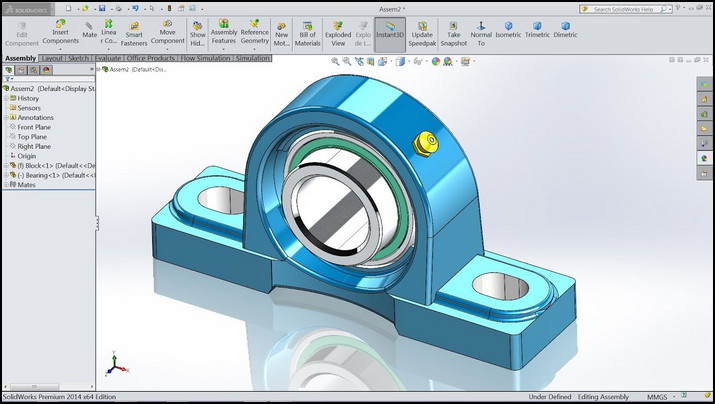
Because of the different card architecture and the variation in the drivers, pro GPUs can handle such exclusive software. However, you may find some workaround to enable such features on a consumer GPU, but the output can be buggy and increases the risk of instability.
So, if you work in a specialized area where you have to deal with some professional programs, investing in a professional GPU is the best option.
You may also like to read about how long do GPUs last?
2. Hardware Features
Workstations or professional GPUs also differ from consumer GPUs in terms of hardware features and specifications.
For instance, pro cards use binned components, additional processing cores, Error Correction Code (ECC) memory, multi-GPU connectivity, and a blower-style cooler.
Besides, a professional GPU offers extra hardware features, such as uncompressed video output and hardware frame synchronization. These features need more powerful and specialized hardware parts.
Consumer GPUs lack this specialized hardware and have a different architecture compared to the pro cards. For example, consumer GPU processes comparatively faster and uses an open-air cooler to manage GPU overheating efficiently.
Along with large memory capacity, pro GPUs also offer ECC Memory that can effectively correct single-bit errors. Though, these errors may not impact an average consumer. For enterprise users, a single bit-flip can lead to inaccurate results.
Follow our guide to test if GPU is failing.
3. Price Range
Consumer GPUs are less expensive compared to professional GPUs, though they are built on the same GPU die.
For instance, NVIDIA® RTX™ A4000 is one of the most powerful single-slot GPUs for professionals, costing around $1000. On the other hand, RTX 3070 is available only at $499. Though both GPU usage GA104 GPU die, there is a significant price gap.
The difference between these two GPU hardware is in the CUDA cores, Tensor cores, and Graphics Memory.
RTX A4000 offers 256 more CUDA cores, 8 more Tensor cores, and an extra 8 GB of VRAM with ECC.
The main reason for those price gaps is the optimized drivers, certified hardware, and extensive support for the pro GPUs. If you often use any specialized application or seek higher reliability, you must go for the pro cards.
4. Independent Software Vendor (ISV) Compatibility
GPU manufacturer giants like AMD and Nvidia collaborate with Independent Software Vendors (ISV) such as Adobe, Autodesk, and Dassault to surpass the consumer’s GPUs.
ISV-certified applications can utilize the pro cards by optimizing and testing the graphics cards again and again. This ensures the pro-GPU is optimized for running the certified applications using professional drivers.
For instance, Nvidia’s Quadro cards are highly optimized for CAD applications. Contrarily, the consumer GeForce cards are optimized for Vulkan and Direct3D APIs (Advanced Programming Interface).
However, it doesn’t mean the Quadro cards cannot run the Vulkan and Direct3D APIs, actually they are not well-optimized for these APIs.
While picking the suitable GPU for you, ensure the GPU is optimized for the application you may need to run very often. The difference between the pro and consumer GPUs is minimal for 3D rendering or video editing.
Have you ever tried to use an Nvidia GPU with an AMD CPU? Check out a separate post on whether you can use AMD CPU with Nvidia GPU or not.
5. Comprehensive Support
While two or more companies collaborate and depend on each other for the possible best performance, comprehensive support is highly essential for a smoother experience.
Some software vendors like Autodesk only provide support for GPU issues that are ISV certified. If you encounter any issue on a consumer GPU, you may not get any support from the ISV or GPU manufacturer. Instead, you have to fix the issue by yourself.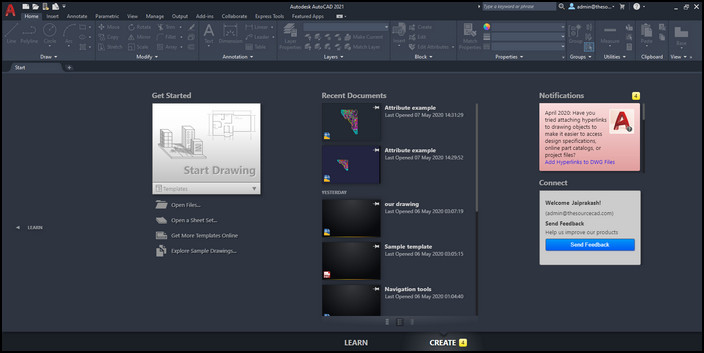
GPU manufacturers, mainly design and manufacture the GPU die, and create reference GPU designs for Board-Partners.
Manufacturers typically collaborate with Board-Partners like MSI, Asus, and Gigabyte by providing them the reference designs to build their own GPU. When any problem or issue appears on these GPUs, it’s hard to get direct support from the manufacturers or board partners.
Contrarily, the manufacturer assembles professional GPUs, so the manufacturers have strict control over the software and hardware. When you encounter any issue with the pro cards, you can get direct support from the manufacturer to resolve the issue.
6. Stability and Lifespan
The consumer GPU market is very unstable because users are always casing for the latest and fastest technology. Hence, the manufacturer frequently releases new models to cope with consumer demand.
That makes the GPUs obsolete faster, and you must upgrade your GPU every few years to deal with the newer power-hungry applications.
On the flip side, professional GPUs are more stable and they get a longer development period. Because of the stability, larger organizations don’t need to change or upgrade the hardware for a long period, and this helps them to avoid spending more money and labor.
7. Reliability and Performance
When it comes to performance and reliability, professional GPUs are more reliable and can perform with consistency.
Consumer GPUs can outperform the pro GPUs in terms of gaming. Because of overclocking, consumer cards can usually provide more FPS. Overclocking the GPU pushes its limit and forces it to improve performance.
Pushing a GPU to its limits leads to numerous issues such as instability and crashes. While instability and sudden crashes may not be a huge concern for a consumer, they can be a disaster for professional workloads.
For example, a professional card may need several days to render a complex project or train a machine-learning model, any instability or a single crash can ruin the project and waste a considerable amount of time.
On the other hand, for average gamers this little instability doesn’t impact the overall gaming experience, and paying double the amount just for stability isn’t a great deal.
Read more on why is my GPU usage so low.
When Should You Choose a Professional GPU?
Choosing a professional GPU is only necessary when you are working on a large-scale project for your organization or need stable support for running your service 24/7. Consider the following discussion for understanding when to pick a professional GPU.
Check the following list to determine when to choose a pro GPU:
Manufacturers Support
If you often need manufacturer support or software vendors support for workloads, you must pick a professional GPU. Manufacturers and software vendors only provide extensive support for pro cards.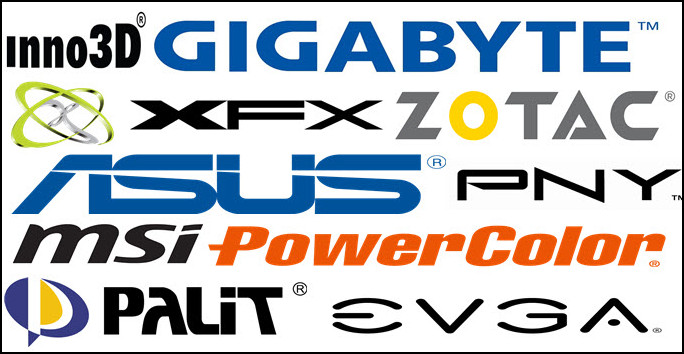
Optimize Programs
In case you use high-end CAD applications or simulate various scientific models, you should go for highly optimized professional GPUs.
High-resolution Output
Looking for features like virtual GPUs, high-resolution displays, or stereoscopic 3D displays? Then you must choose a professional card to access these special features.
Certification
Only the pro GPUs come with ISV-certified applications. If you are a regular user of those applications, feel free to pick a pro card.
Less Maintenance
When you need to run multiple GPUs for your server or simulate any model without much maintenance, you should select a professional GPU.
Pro cards don’t need regular maintenance like upgrading drivers, which helps to reduce extra maintenance time and focus on your primary work.
When Should You Choose a Consumer GPU?
If you are an individual user who needs a graphics card for daily basic workloads and gaming, then the consumer GPU is a suitable choice. Besides, if you are on a strict budget and can deal with downtimes like driver incompatibilities, go for a consumer GPU without a second thought.
For more information on choosing a consumer GPU, consider the subsequent discussions.
Go through the following list to understand when to choose a consumer GPU:
Tight Budget
Professional GPUs can cost more than double compared to the consumer GPU while providing almost identical hardware specs and raw performance.
So, if you are on a tight budget, you can select a consumer GPU to handle your daily workloads efficiently.
Specialized Apps
Professional GPUs offer special features like virtual GPUs, running multiple high-res displays, or specialized software features. In case you don’t need any of those features, you should go for a consumer GPU.
Downtimes
Consumer GPUs have downtime for several reasons like driver incompatibilities. If you can deal with downtimes and are ready to fix GPU issues without professional support, consumer GPU is the best option to choose.
Gaming
Consumer GPUs are mainly focused on gaming. By overclocking the GPU, users can push it to the limit to extract each drop of power juice from the GPU.
If your main concern is an optimized gaming GPU, just go for a consumer GPU.
Simulations
ECC memory is a special feature only available on pro cards that assist in simulating any real-life problem to find out accurate results.
If you don’t need to deal with any simulations, you should pick a consumer GPU.
GPU Recommendations for Various Workloads
Depending on the workload, you should choose the suitable GPU to ensure the best and optimal performance. Before buying a GPU, you should consider the workload complexity and the software or game compatibility.
I have gathered some best GPU models that can dramatically change the working experience and avoid any performance issues. If you are using a Ryzen 7 CPU.
Go through the following table to determine which GPU should you use for what type of workload.
Here is the table of popular workloads and recommended GPUs for the workloads:
| Workload Difficulty | Low | Medium | High |
|---|---|---|---|
| 3D Animations | GTX 1660 Super, RTX 2060 Super | RTX 3070, RTX 2070 Super | RTX 3080, RTX A4000 |
| 3D Rendering | GTX 1660 Super, RTX 2060 Super | RTX 3080, Quadro RTX A4000 | RTX 3090, Titan RTXRTX A5000 |
| Simulations | RX 6800 | RX 6900 XT, Quadro RTX 5000 | RTX A5000, Quadro RTX 6000 |
| Video Editing | GTX 1660 Super, RTX 3060 Ti | RTX 3080, RTX 2080 Ti | RTX 3090, Titan RTXRTX A5000 |
| CAD | GTX 1660 Super, Quadro P5500 | RTX 3060 Ti, Quadro RTX 4000 | RTX 3080, RX 6900 XT, Quadro RTX 5000 |
| Gaming | GTX 1660 Super, RTX 2060 Super | RTX 3060, RX 6700 XT | RTX 3080, RX 6800 XT |
| Graphic Design | GTX 1660 Super, RTX 2060 Super | RTX 3060, RTX 2080 Ti | RTX 3070, RTX 3060 Ti |
Consumer GPU is highly modified for the games to ensure more FPS and quick response to playing intensive multiplayer games. On the contrary, pro GPUs are used to develop the games.
Frequently Asked Questions
Are professional graphics cards worth it?
Professional GPUs are for professionals including scientists, animators, data scientists, and game developers. If you are in those fields, it’s worth picking a pro card. However, professional GPUs are not ideal for gaming PC or gamers.
What is the most powerful consumer GPU?
NVIDIA GeForce RTX 4090 is the most powerful consumer GPU in the market. It has 16384 NVIDIA CUDA Cores and 24 GB memory that can efficiently handle any game or application.
Why are workstation GPUs not good for gaming?
Workstations or professional GPUs don’t allow the game graphics engines to directly access their full hardware potential. Besides, because of compatibility issues, numerous games fail to run on workstation GPUs.
Wrap Up
While the consumer GPUs are designed to be swift, the professional cards are designed to be accurate. Professional GPUs differ from consumer GPUs in their memory capacity and software compatibility.
Consumer GPUs are more suitable for gamers as they can provide a lot of raw performance. Contrarily, pro GPUs are more suitable for research, rendering big projects, and game development.
I hope this article helps you in choosing the appropriate GPU depending on your necessity. For further queries, comment below.

